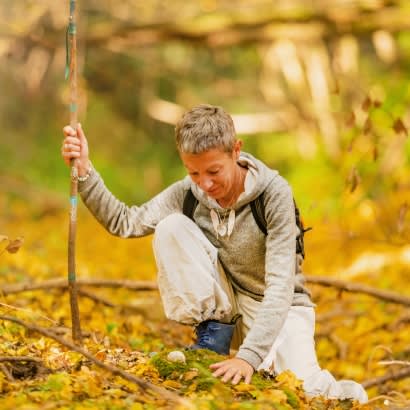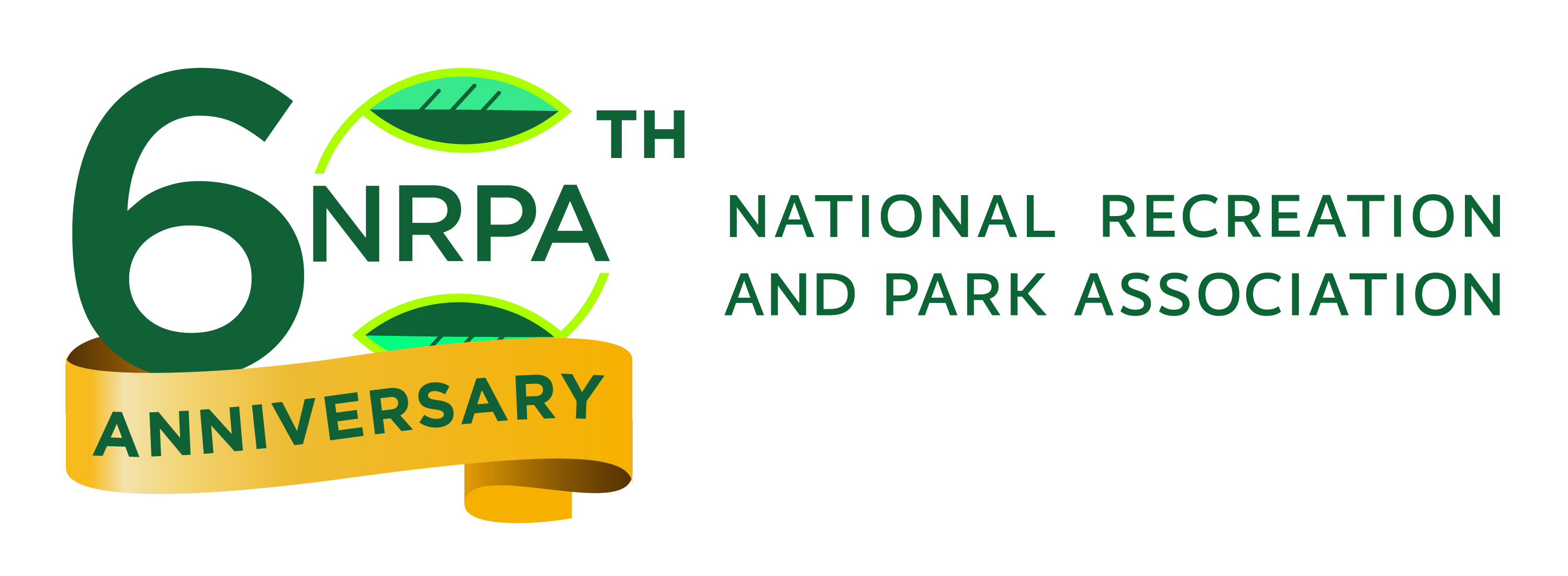
Greater exposure to or contact with nature is correlated with better health and well-being. In the 1980s, the practice of immersing oneself in nature by mindfully using all five senses surfaced as a pivotal part of preventive health care and healing in Japan. This practice, called Shinrin-Yoku, or forest bathing, offers a multitude of physiological and psychological health benefits — from improving the cardiovascular and respiratory systems, to improving overall immune system function, to lowering anxiety and depression, and increasing mental relaxation. What has now become a global movement was created in response to a stress epidemic.
In our technology-driven world filled with constant demands and stimuli, it’s more important than ever to access the healing and restorative benefits of nature. Research shows that when we are in nature our brain behaves differently. Parks and greenspaces are more than just a place to recreate and play — they provide access to nature which has profound health benefits like lowering stress and preventing chronic illness.
As park and recreation professionals, you are positioned to champion the importance of greenspaces and ensure equitable access to nature and the outdoors. Here are five reasons why parks and greenspaces are vital for the mental health of your community, and a few tips to help your community members connect with the healing power of nature:
1. Spending time in parks and greenspaces lowers stress.
Parks and greenspaces, with natural elements like trees, wildflowers, birds and water, invite us into the present moment and provide us with an opportunity to enjoy our surroundings. These settings help us unwind and experience powerful emotions like awe and wonder. Studies have shown that spending time in nature lowers cortisol levels and blood pressure, while also improving sleep. Parks offer a reprieve from our daily lives and the constant bombardment of stimuli, allowing the mind to reset and recharge. Immersing oneself in nature's beauty can enhance cognitive function, creativity and productivity.
2. Spending time outside makes us happier.
Have you ever noticed how a leisurely walk in the park can lift your spirits? Exposure to natural environments triggers the release of endorphins, the body's feel-good hormones, leading to improved mood and a sense of well-being. Connecting with our natural surroundings can restore our cognitive resources, boosting our creativity and enhancing our ability to concentrate. Parks and greenspaces offer a sanctuary away from the pressures of daily life, allowing us to recharge and reconnect with ourselves. While it’s important to disconnect from smartphone notifications and stimuli to fully experience the benefits of nature, there are free apps like iNaturalist and Merlin Bird ID that can help us connect more deeply with our natural surroundings.
3. Parks are community hubs for social connection.
Parks play a crucial role as communal hubs, bringing together community members from diverse backgrounds to converge and cultivate a sense of belonging and social cohesion. This, combined with the positive influence of nature increasing prosocial behavior, amplifies the significance of communal greenspaces. The outdoors offers a myriad of activities for all ages — from activities that have a physical exercise element like walking groups, nature hikes or birdwatching, to activities that ignite our creative spirit and connection with the natural world such as photography, nature journaling or plein air painting. Community gardens are wonderful opportunities to connect with others and the outdoors, as well as NRPA’s annual Parks for Pollinators BioBlitz. Shared experiences in nature create bonds that foster a sense of purpose while also forming social connections that are crucial for mental health. They provide support, reduce loneliness and cultivate a sense of camaraderie around shared interests.
4. Parks support better health and well-being.
Parks offer outdoor programs and activities designed to promote healing and well-being — from yoga and Tai Chi classes to gardening programs. They also play a vital role in ecotherapy, whether a person is self-motivated or under a doctor’s orders to spend time outside. People of all ages can connect with nature in their local parks through self-guided nature trails and guided mindful outdoor walks. It’s never too early or late in life to introduce someone to forest bathing. Once an individual has developed the ability to connect with the natural world around them, they can take that knowledge with them. All these offerings and activities contribute to health and well-being by providing opportunities for self-reflection, mindfulness and healing.
5. Exposure to parks and greenspaces cultivates environmental stewardship.
Studies show that when we nurture our connection with nature, our behaviors toward the Earth shift. As our appreciation for things in the natural world deepens, our sense of responsibility in caring for the world around us grows. Individuals who love nature care more about recycling and sustainable practices. They’re more apt to help plant pollinator gardens and create wildlife habitats or assist with park cleanups and removal of invasive plants. It’s especially important to encourage nature appreciation among our youth because they will lead the charge to care for parks and greenspaces well into the future.
As park and recreation professionals, we hold the key to unlocking the immense potential of parks and greenspaces as sanctuaries for mental health and well-being. Let’s create spaces where individuals can harness the healing power of nature to achieve health and wellness, by finding solace, rejuvenation and connection.
Charissa Hipp (she/her) is a marketing and engagement manager at NRPA.


